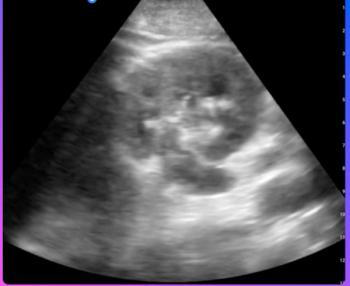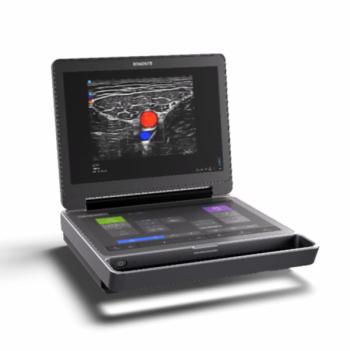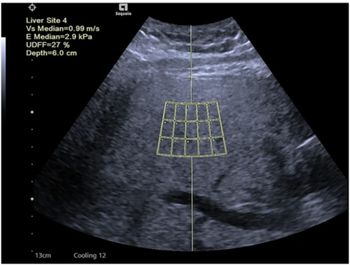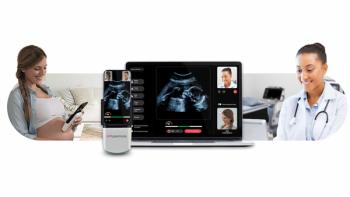
CT during pregnancy proves necessary in some situations
Exposing a fetus to ionizing radiation is never a good idea, but it can be necessary to diagnose potentially live-threatening gastrointestinal and genitourinary conditions during pregnancy.
Exposing a fetus to ionizing radiation is never a good idea, but it can be necessary to diagnose potentially live-threatening gastrointestinal and genitourinary conditions during pregnancy.
Pain that persists after a negative ultrasound exam indicates that CT may be required, especially when the symptoms appear to have a GI or GU origin, according to a presentation at the 2004 RSNA meeting by Dr. Elizabeth Lazarus, an assistant professor of radiology at Brown University.
Her study of women at various points of pregnancy found that CT contributed relevant diagnostic information about the source of abdominal pain in 13 of 52 cases following negative ultrasound.
CT successfully diagnosed 11 of 12 cases of surgically proven appendicitis for a sensitivity of 92%. Ultrasound was performed in six cases with a positive reading in one instance for 17% sensitivity.
CT also outperformed ultrasound for detecting urinary tract calculi. Of four positive cases examined with both modalities, three involved nonobstructing interrenal stones that were identified only with CT, Lazarus said.
The patient's complaint of lingering pain in the fourth case originated from a left-side urinary tract blockage and lack of a left uretral jet, she said. Ultrasound pegged the origin of the pain to a mechanical obstruction, but after the patient did not improve, a subsequent CT demonstrated asymmetric hyponephrosis and hypoureter.
The normal anatomic changes associated with a growing fetus are the real culprit in this game of lower abdominal hide-in-go-seek, according to Lazarus.
"Because of changes in organ location, particularly the appendix during pregnancy, ultrasound imaging is difficult," she said.
Fetal radiation exposure is the trade-off for the higher anatomic conspicuity produced with CT. A wide variation in radiation exposure was observed among the various scanners used in the study. The exposure was lowest with a single-slice scanner and highest with 16-slice equipment. Consequently, her group attempts to use a single-slice system whenever possible.
For more information from the Diagnostic Imaging archives:
Newsletter
Stay at the forefront of radiology with the Diagnostic Imaging newsletter, delivering the latest news, clinical insights, and imaging advancements for today’s radiologists.




























